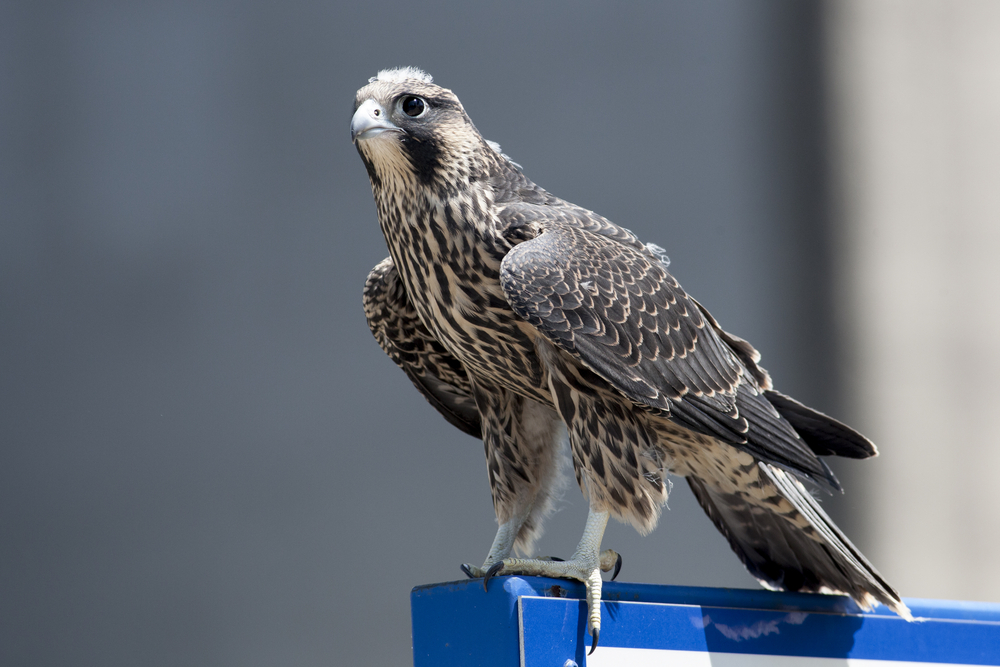
EDMONTON—For the first time in four decades, a bird known for its speed could be removed from the list of threatened species in most of Canada.
The peregrine falcon, which can fly at speeds up to 320 kilometres per hour, was listed as endangered in 1978. At the time, there was only one active nest east of the Rocky Mountains and south of the 60th parallel, and the northern population was also struggling.
Its numbers have increased steadily to 600 birds in southern Canada and 1,500 in northern Canada after a ban on DDT, a toxic pesticide. There has also been a captive breeding program in the southern population that has helped in the bird’s recovery.
The Committee on the Status of Endangered Wildlife in Canada is now recommending to the federal government that the peregrine be delisted as a threatened species.
“It’s impressive,” said Marcel Gahbauer, a bird expert with the committee.
“We always have all of these things being added to the list, and even this time around we had other species that are not doing well, so to have one that has the reverse trajectory is very welcome and unfortunately more unusual than we would like it to be.”
The bird is still considered a species of special concern on the Pacific coast.
The committee assessed a total of 44 species during this year’s meetings, held last week in Ottawa. Of those, it says 14 are endangered, nine are threatened and 10 are of special concern. Eleven were deemed not at risk.
It recommended eight populations of sockeye salmon as endangered, two as threatened and five as special concern. Nine populations are stable or increasing.
“It’s obviously an iconic species on the West Coast and arguably in Canada,” said Eric Taylor, committee chairman.
“Because sockeye are so important, it’s easy to focus on them … There’s a problem with many of our salmon species _ a lot of it goes to changes in the ocean conditions and also changes to freshwater habitat. Even when we regulate fishing, it’s often not enough.”
The committee also assessed three populations of the Pacific grey whale, determining two of three populations that move along that coast as endangered.
Other species being recommended to be listed as threatened are a subspecies of the northern saw-whet owl, which is unique to Haida Gwaii forests; Verna’s flower moth, found on the Prairies; and lumpfish, an Atlantic Ocean species known for caviar-like eggs.